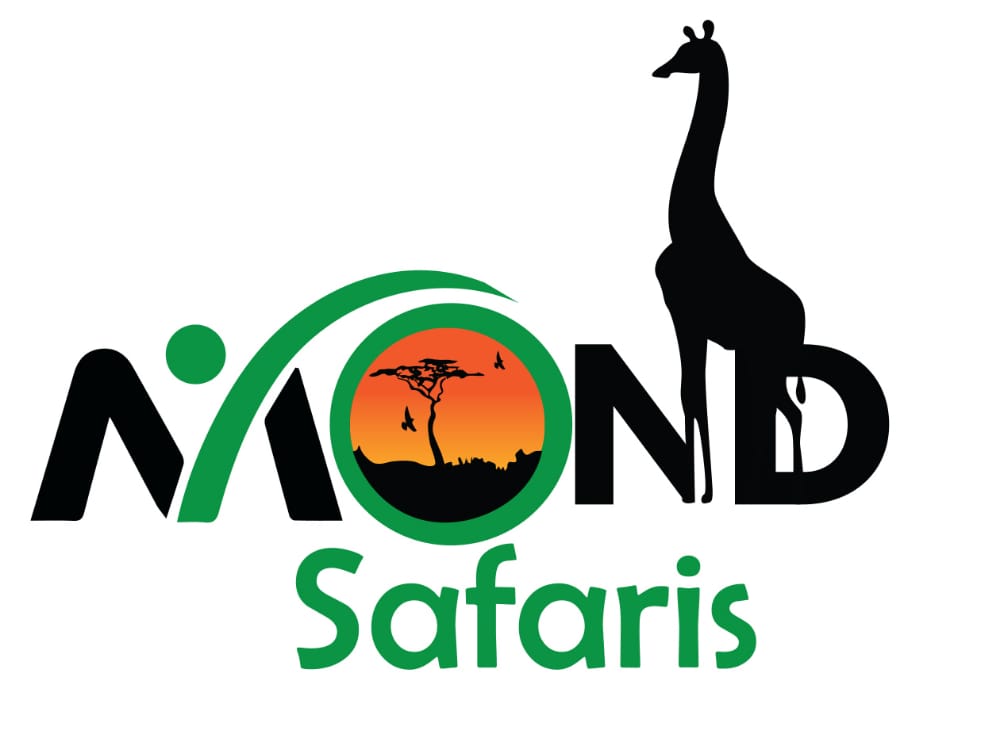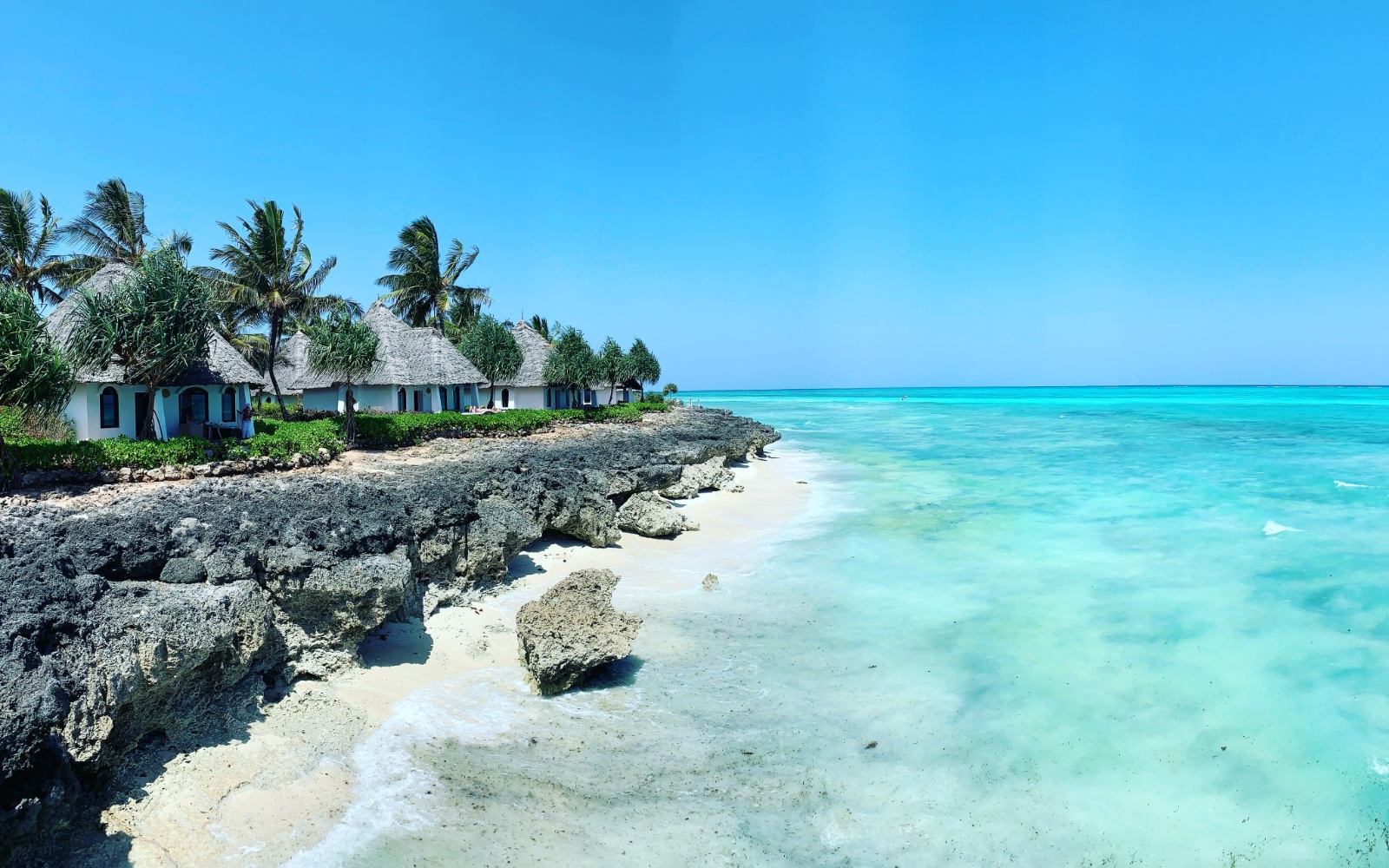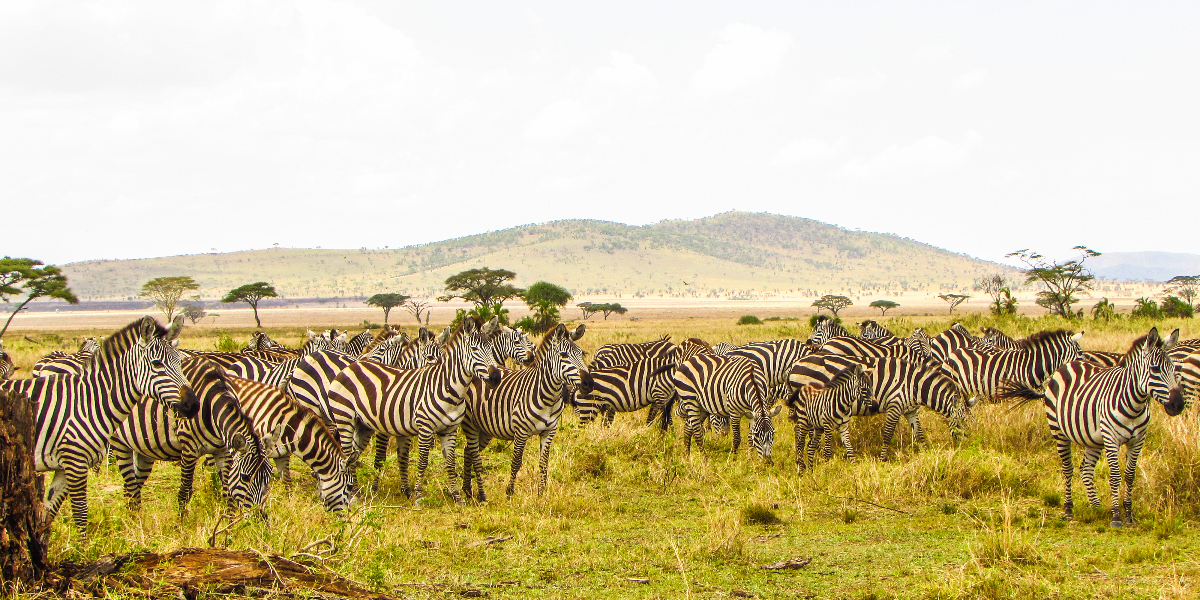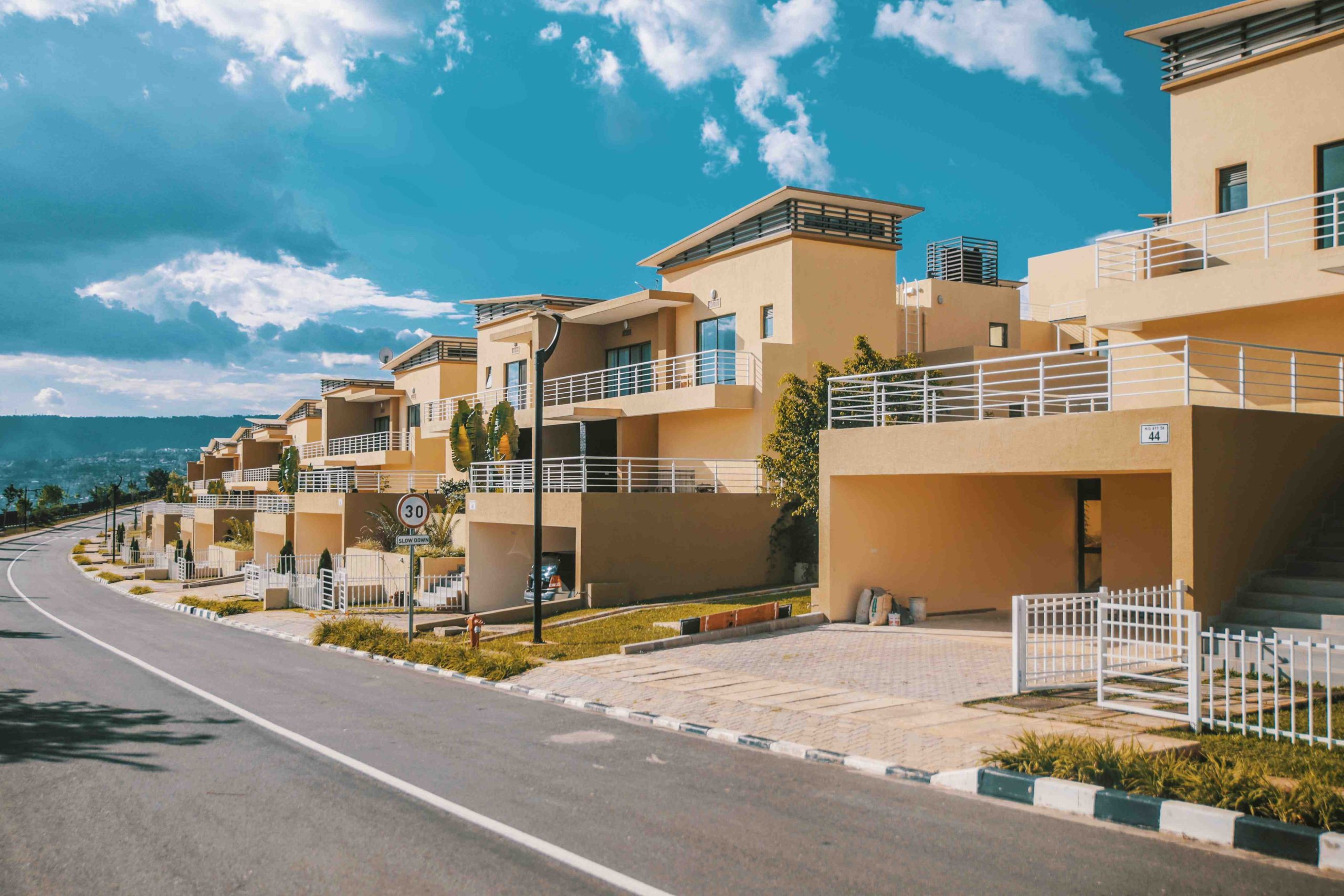Embark on an African adventure like never before as we unveil the top 7 best…

Gorilla Trekking in Uganda & Rwanda
Gorilla Trekking in Uganda & Rwanda | Uganda safari tours| Uganda gorilla| Uganda gorilla tours| Uganda gorilla safaris| gorilla permit Uganda| gorilla trek Uganda| gorilla trekking in Uganda: Find everything you need to know about African mountain gorillas
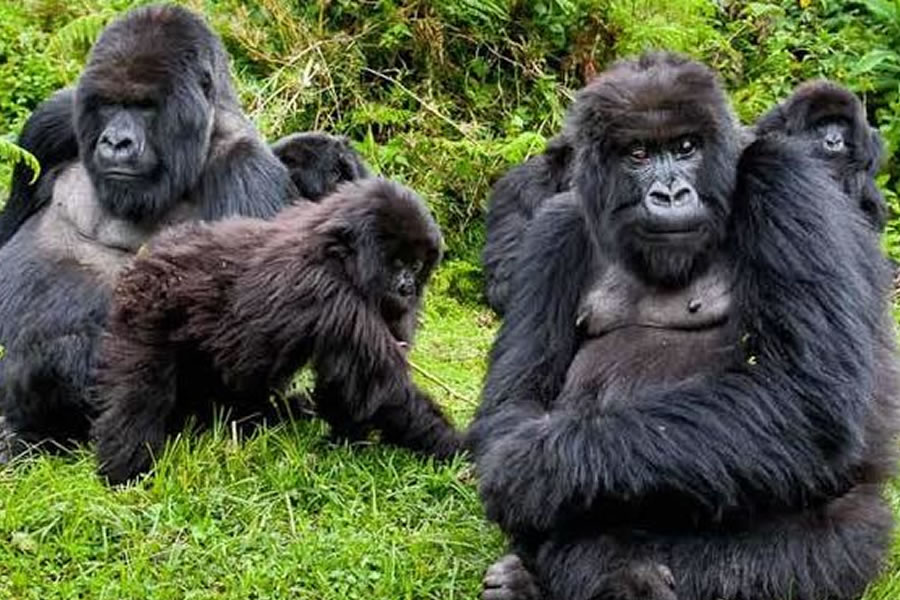
Gorilla trekking is a popular wildlife activity in Uganda and Rwanda that allows visitors to observe and interact with endangered mountain gorillas in their natural habitat. Both countries offer gorilla trekking experiences in protected national parks, including Bwindi Impenetrable National Park and Mgahinga Gorilla National Park in Uganda, and Volcanoes National Park in Rwanda.
Introduction to Gorilla Trekking in Uganda and Rwanda
Gorilla trekking in Uganda and Rwanda is a unique wildlife experience that attracts thousands of tourists from all over the world. The experience involves hiking through dense forests in search of mountain gorillas, one of the world’s most endangered species. Uganda and Rwanda are among the only three countries in the world where these gorillas can be found, with the other being the Democratic Republic of Congo.
In Uganda, gorilla trekking takes place in Bwindi Impenetrable National Park and Mgahinga Gorilla National Park, while in Rwanda, it takes place in Volcanoes National Park. The mountain gorillas are known for their impressive size and human-like behavior, making them one of the most fascinating animals to observe in the wild.
Gorilla trekking in both Uganda and Rwanda is a strictly controlled activity to protect the gorillas and their habitat. Only a limited number of visitors are allowed to visit the gorillas each day, and a permit is required to participate in the trek. The fees for the permit are used to support the conservation of the gorillas and their habitat, as well as to support the local communities around the parks.
Overall, gorilla trekking in Uganda and Rwanda is a once-in-a-lifetime experience that offers visitors the opportunity to witness these magnificent creatures in their natural habitat while contributing to their conservation.
Understanding Mountain Gorillas and their Habitat
Mountain gorillas are a subspecies of the eastern gorilla and are found only in the high altitude forests of Uganda, Rwanda, and the Democratic Republic of Congo. They are one of the world’s most endangered species, with fewer than 1,000 individuals remaining in the wild.
Mountain gorillas are the largest primates on earth, with males weighing up to 200kg and standing up to 1.8 meters tall when on two legs. They are known for their distinctive black fur, broad chests, and large heads. Mountain gorillas are herbivorous and feed mainly on leaves, stems, and fruit.
Mountain gorillas are highly social animals, living in groups of up to 30 individuals led by a dominant silverback male. The dominant male is responsible for the safety and well-being of the group and is the only one allowed to mate with the females. The females, on the other hand, are responsible for caring for the young, which they do for up to four years.
Mountain gorillas live in dense forests and have adapted to life in these environments. They are able to climb trees and use branches to build nests where they sleep at night. They also use vocalizations and body language to communicate with each other and establish social hierarchies.
The forests where mountain gorillas live are critical to their survival, as they provide food, shelter, and protection from predators. However, these forests are under threat from deforestation, mining, and human encroachment. Conservation efforts are underway to protect the mountain gorillas and their habitat, including gorilla trekking fees that support conservation efforts, community education programs, and forest protection measures.
Planning Your Gorilla Trekking Trip in Uganda and Rwanda
Planning a gorilla trekking trip in Uganda and Rwanda can be an exciting and rewarding experience, but it requires careful planning and preparation. Here are some important factors to consider:
Obtain a Gorilla Trekking Permit: A gorilla trekking permit is required to participate in the activity, and they are limited in number. It is advisable to book the permit in advance to avoid disappointment, as they often sell out months in advance.
Choose the Right Time of Year: The best time to go gorilla trekking is during the dry season, which runs from June to September and December to February. During this time, the weather is more predictable, and the trails are easier to navigate. However, it is important to note that gorilla trekking is possible year-round.
Select the Best Park and Accommodation: There are several national parks in Uganda and Rwanda where gorilla trekking is possible. Each park offers a unique experience, and choosing the right one will depend on personal preference and travel plans. Additionally, choosing the right accommodation is also important, as it can greatly impact the overall experience.
Get in Good Physical Condition: Gorilla trekking can be physically demanding, requiring several hours of hiking through dense forest and steep terrain. It is important to prepare physically by engaging in regular exercise and endurance training.
Pack Appropriately: It is important to pack appropriate clothing and gear for the trek, including comfortable hiking shoes, long-sleeved shirts and pants, waterproof jacket, hat, and sunscreen.
Follow Trekking Guidelines: Gorilla trekking is a strictly controlled activity, and visitors are required to follow specific guidelines to ensure the safety of the gorillas and visitors. These guidelines include maintaining a safe distance from the gorillas, staying in designated areas, and not touching or feeding the gorillas.
Overall, planning a gorilla trekking trip in Uganda and Rwanda requires careful consideration of several factors, but it can be an incredibly rewarding experience for those who plan and prepare properly.
Gorilla Trekking Rules and Regulations
Gorilla trekking is a unique and exciting experience, but it is important to follow certain rules and regulations to protect the gorillas and their habitat. Here are some of the most important rules and regulations to follow during a gorilla trekking excursion:
Trekking Permit: A trekking permit is required to participate in gorilla trekking. Permits are limited in number and should be booked in advance.
Group Size: Gorilla trekking is conducted in small groups, usually of eight people or fewer. This helps to reduce the impact on the gorillas and their habitat.
Trekking Time: Gorilla trekking is only permitted during designated times of the day, and visits are limited to one hour per gorilla family.
Distance: Visitors are required to maintain a safe distance of at least seven meters (23 feet) from the gorillas at all times.
Trekking Guidelines: Visitors are required to follow the trekking guidelines provided by the park rangers. These guidelines include instructions on how to behave around the gorillas and how to minimize the impact on their habitat.
Health and Safety: Visitors who are sick are not allowed to participate in gorilla trekking. Additionally, visitors are required to wear face masks and use hand sanitizer during the trek.
Photography: Photography is permitted during the trek, but the use of flash is prohibited.
Food and Drink: Eating, drinking, and smoking are not allowed during the trek.
Litter: Visitors are required to take all litter with them and not leave anything behind.
Respect for the Gorillas: Visitors are required to treat the gorillas with respect and not touch or harass them in any way.
Following these rules and regulations is essential to ensure the safety and well-being of the gorillas and their habitat, as well as to provide a safe and enjoyable experience for visitors. It is the responsibility of all visitors to adhere to these guidelines and to follow the instructions of the park rangers at all times.
What to Expect During Your Gorilla Trekking Experience
Gorilla trekking is a unique and exciting experience, but it can also be physically demanding and unpredictable. Here’s what you can expect during your gorilla trekking experience in Uganda and Rwanda:
Hiking: Gorilla trekking involves hiking through dense forests and steep terrain to reach the gorillas’ natural habitat. The hikes can last several hours and can be physically demanding, so it’s important to be in good physical condition.
Tracking: Once you reach the gorillas’ habitat, you’ll begin tracking them with the help of an experienced guide. This can involve walking through thick vegetation and rugged terrain.
Meeting the Gorillas: When you finally meet the gorillas, you’ll be able to observe them from a safe distance of at least 7 meters (23 feet). You’ll have the opportunity to observe their behavior, interactions, and unique personalities.
One Hour with the Gorillas: Gorilla trekking permits allow visitors to spend one hour with the gorillas. During this time, you can take photos and observe the gorillas up close.
Wildlife Encounters: While gorillas are the primary focus of the trek, you may also encounter other wildlife during your hike, such as birds and primates.
Weather: Weather conditions can vary during your trek, so it’s important to be prepared for rain or sun. The terrain can also be muddy and slippery, so waterproof hiking shoes are essential.
Unpredictability: The movements of the gorillas cannot be predicted, and they may be in different locations from day to day. This means that the trekking experience is unpredictable, but also exciting and unique.
Overall, gorilla trekking is an unforgettable experience that offers the opportunity to observe these magnificent creatures in their natural habitat. It requires physical endurance, patience, and an appreciation for the natural world.
Comparing Gorilla Trekking in Uganda and Rwanda
Both Uganda and Rwanda offer the unique opportunity to trek through the dense forests in search of wild gorillas. While the experience of seeing these majestic creatures up close is similar in both countries, there are some differences to consider when deciding which destination to choose.
In terms of accessibility, Rwanda is a more convenient choice, as the gorilla trekking sites are located closer to the capital city of Kigali. In contrast, the trekking sites in Uganda are more spread out, which means that visitors may need to travel further to reach their starting point. However, some visitors may appreciate the opportunity to explore more remote areas of Uganda during their journey.
When it comes to cost, Rwanda is generally more expensive than Uganda. Gorilla trekking permits in Rwanda cost $1,500 per person, compared to $700 in Uganda. This cost difference can be significant, especially for those traveling on a budget.
The terrain in both countries can be challenging, as treks can involve steep inclines, thick vegetation, and muddy trails. However, Rwanda’s gorilla trekking sites are generally considered to be easier to navigate than those in Uganda, as the terrain is less hilly.
Overall, choosing between gorilla trekking in Uganda and Rwanda comes down to personal preferences. Visitors looking for a more affordable experience and the opportunity to explore more remote areas may prefer Uganda, while those looking for convenience and ease of access may prefer Rwanda. Regardless of which country you choose, both offer a once-in-a-lifetime opportunity to witness one of the most incredible creatures on earth in their natural habitat.
Tips for a Successful Gorilla Trekking Trip
Gorilla trekking is an unforgettable experience, but it can also be physically demanding and requires some preparation. Here are some tips to ensure a successful gorilla trekking trip:
Get in shape: Gorilla trekking involves hiking through dense forests and steep terrain, so it’s essential to be physically fit. Plan to do some cardio and strength training exercises to build up your stamina and endurance.
Choose the right clothing: Wear comfortable and breathable clothing suitable for the trekking environment. Long-sleeved shirts and trousers will protect your skin from nettles, thorns and insect bites. Hiking boots with good grip and ankle support are also necessary for a safe and enjoyable trek.
Bring the right equipment: A waterproof daypack, camera, extra batteries, and water bottle are essential items to carry on the trek. Walking sticks are also provided by the trekking company to assist with the uneven terrain and steep inclines.
Hire a knowledgeable guide: Gorilla trekking requires the guidance of a knowledgeable guide who knows the trails and can provide valuable information about the gorillas’ behavior and habitat. Make sure to choose a reputable tour company with experienced guides.
Follow the rules: Gorilla trekking is a strictly regulated activity, and it’s essential to follow the rules to ensure the safety and wellbeing of the gorillas. Keep a minimum distance of 7 meters from the gorillas, avoid touching them, and do not litter.
Be patient: Finding the gorillas in their natural habitat can take several hours of hiking, so it’s important to be patient and enjoy the journey. The trekking experience is just as important as the gorilla sighting, so take the time to appreciate the natural beauty of the surroundings.
Respect the gorillas: Gorilla trekking provides a unique opportunity to observe these incredible creatures in their natural habitat, but it’s important to remember that they are wild animals. Respect their space and avoid making loud noises or sudden movements that may disturb them.
Gorilla trekking is an awe-inspiring experience that requires proper preparation, planning, and respect for the natural environment. Follow these tips to ensure a successful and memorable trekking adventure.
Other Wildlife and Cultural Experiences in Uganda and Rwanda
Uganda and Rwanda are home to an incredible diversity of wildlife and offer a range of cultural experiences.
In Uganda, visitors can go on a gorilla trekking expedition in the Bwindi Impenetrable National Park or explore the wildlife in the Queen Elizabeth National Park, which is home to over 95 mammal species and 600 bird species. Uganda also has a number of cultural experiences, including visiting traditional villages and attending cultural festivals such as the Kampala City Festival.
In Rwanda, visitors can go on a gorilla trekking expedition in the Volcanoes National Park or visit the Akagera National Park to see the “Big Five” animals (lion, elephant, leopard, buffalo, and rhinoceros) in their natural habitat. Rwanda also has a rich cultural heritage, and visitors can learn about traditional Rwandan dance, music, and handicrafts by attending cultural performances and visiting artisan workshops.
Both Uganda and Rwanda offer unique opportunities for visitors to experience the beauty and richness of African wildlife and culture.
Conservation Efforts for Mountain Gorillas
Conservation efforts for mountain gorillas have been underway for several decades, and significant progress has been made in protecting this endangered species.
One of the most significant conservation efforts has been the establishment of protected areas, such as national parks, where mountain gorillas can thrive in their natural habitat. In Rwanda, Uganda, and the Democratic Republic of Congo, there are several national parks that are home to mountain gorillas, including Volcanoes National Park, Bwindi Impenetrable National Park, and Virunga National Park.
Conservation organizations have also played a critical role in protecting mountain gorillas. These organizations work with local communities to promote sustainable land use practices, provide education and training, and support research to better understand gorilla behavior and ecology.
Tourism has also been a critical component of gorilla conservation efforts, as it provides funding for conservation initiatives and creates incentives for local communities to protect the gorillas and their habitat. In Rwanda and Uganda, gorilla trekking is a popular tourist activity that generates revenue for national parks and supports the local economy.
Overall, the conservation efforts for mountain gorillas have been successful, with the population of these animals slowly increasing over the past few decades. However, mountain gorillas still face significant threats, including habitat loss and poaching, and continued conservation efforts are necessary to ensure their long-term survival.
Are Mountain Gorillas Dangerous Species?
Mountain gorillas are wild animals and can be dangerous if they feel threatened or if their habitat is disturbed. However, they are generally not aggressive towards humans and will only attack if they feel cornered or if their young are threatened. Mountain gorillas are typically very docile and will often display submissive behavior in the presence of humans.
That being said, it’s important to remember that mountain gorillas are still wild animals and should be treated with caution and respect. Visitors to gorilla habitats should always follow the guidance of trained guides and keep a safe distance from the gorillas to avoid any potential conflicts or disturbances. By following these guidelines and respecting the gorillas’ space and behavior, visitors can enjoy a safe and rewarding experience observing these magnificent creatures in their natural habitat.
When To Go To See The Mountain Gorillas In Africa
The best time to see mountain gorillas in Africa is during the dry season, which runs from December to February and from June to September. During these months, the trails are less muddy and easier to hike, and the gorillas tend to stay in areas with more food, making them easier to find. However, it’s important to note that mountain gorillas can be seen year-round, and some visitors prefer to travel during the rainy season for fewer crowds and lower prices. Ultimately, the best time to visit will depend on your personal preferences and travel goals.
How Much Does A Gorilla Safari Cost
The cost of a gorilla safari varies depending on a number of factors such as the location, duration of the trip, level of luxury, and the tour operator you choose.
In Africa, the cost of a gorilla safari can range from $600 to $2,000 per person per day. Some countries like Rwanda and Uganda charge a premium for gorilla trekking permits, which can cost anywhere from $700 to $1,500 per person.
Other expenses to consider include transportation to and from the gorilla habitat, accommodation, meals, and optional activities. Luxury safari options can significantly increase the overall cost of the trip.
It’s important to note that while gorilla safaris can be expensive, they often include once-in-a-lifetime experiences and the opportunity to see these magnificent creatures up close in their natural habitat.
Best place to See Gorillas In Africa
The best place to see gorillas in Africa is undoubtedly in the mountainous rainforests of Central and East Africa. The two countries that offer gorilla trekking experiences are Rwanda and Uganda, both of which offer visitors a chance to see the endangered mountain gorilla in its natural habitat.
In Rwanda, the Volcanoes National Park is home to over a third of the world’s population of mountain gorillas. The park is located in the Virunga Mountains and is easily accessible from the capital city, Kigali. Visitors can choose from several tour companies that offer gorilla trekking experiences in the park.
In Uganda, the Bwindi Impenetrable Forest National Park is the primary destination for gorilla trekking. The park is home to over half of the world’s mountain gorilla population and is located in southwestern Uganda. Visitors can choose from several tour companies that offer gorilla trekking experiences in the park, as well as several other nearby parks that offer a chance to see other primates and wildlife.
Both Rwanda and Uganda have strict regulations in place to protect the gorillas and their habitats, and visitors are required to obtain a permit to participate in gorilla trekking experiences. These permits can be expensive and in high demand, so it’s important to book in advance to ensure availability. Ultimately, both Rwanda and Uganda offer incredible opportunities to witness these majestic creatures up close and in their natural habitat.
Transport Costs during gorilla trekking

Transport costs during gorilla trekking can vary depending on several factors, such as the location of the gorilla habitat, the distance from the nearest town, and the mode of transportation. In some cases, the cost of transportation may be included in the overall cost of the gorilla trekking tour, while in other cases, it may need to be arranged separately.
Typically, gorilla trekking destinations are located in remote areas that are not easily accessible by regular public transport. As a result, visitors may need to hire a private vehicle or take part in a group tour that includes transportation. The cost of these options can vary significantly depending on the distance, duration, and level of comfort required.
In addition to transportation costs, visitors to gorilla trekking destinations may also need to pay additional fees for permits, park entrance fees, and other related expenses. These costs can add up, so it’s important to research and book with a trusted tour company like mond safaris then plan ahead to ensure that the overall cost of the trip is within budget.
Uganda gorilla safari
Uganda gorilla safari offers a unique opportunity to observe endangered mountain gorillas in their natural habitat. Visitors can trek through dense rainforest to reach gorilla families and spend up to an hour in their presence. Gorilla safaris typically take place in Bwindi Impenetrable National Park and Mgahinga Gorilla National Park, which are located in southwestern Uganda. Permits are required and should be booked in advance. In addition to gorilla tracking, visitors can also enjoy other wildlife experiences, cultural tours, and scenic landscapes.
Gorilla safaris in Rwanda
Gorilla safari in Rwanda is a popular and unique experience that allows visitors to witness the endangered mountain gorillas in their natural habitat. The gorilla trekking activity takes place in Volcanoes National Park, located in the northern part of the country. Visitors can spend up to an hour with a gorilla family, observing their behavior and interactions with each other. Rwanda’s gorilla safari is known for its well-organized and efficient permit system, which requires booking in advance. In addition to gorilla tracking, visitors can also enjoy other activities such as golden monkey tracking, cultural tours, and scenic hikes. The gorilla safari in Rwanda is a once-in-a-lifetime experience that should not be missed by nature lovers and wildlife enthusiasts.
How Do Mountain Gorillas Feed
Mountain gorillas are primarily herbivores and feed mainly on leaves, stems, and shoots of a wide variety of plants. Their diet varies depending on the season and the availability of food. Gorillas are known to consume up to 200 different species of plants.
Mountain gorillas have powerful jaws and teeth that are adapted for crushing and grinding tough vegetation. They use their hands to grasp branches and leaves and often strip the leaves from the stems before eating. Gorillas may also use their teeth to strip bark from trees to access the cambium layer, which is rich in nutrients.
In addition to plants, gorillas also eat some fruits and occasionally insects. They may eat ants, termites, and other insects by using their fingers to extract them from their nests or by licking them off vegetation.
Mountain gorillas are known for their slow metabolism and spend much of their day feeding to meet their energy needs. An adult gorilla can consume up to 40 pounds (18 kilograms) of vegetation each day. Despite their large appetite, gorillas have a specialized digestive system that allows them to extract the maximum amount of nutrients from their plant-based diet.
Gorilla Tracking Rules For Post Covid Visitors
Gorilla tracking rules for post-Covid visitors aim to protect both the mountain gorillas and visitors from the spread of Covid-19. These rules may vary slightly depending on the specific country and park, but some common guidelines include:
Wear a mask at all times: Visitors must wear a mask that covers both the mouth and nose while in the presence of gorillas.
Maintain a safe distance: Visitors must keep a safe distance of at least 7 meters (23 feet) from the gorillas.
Stay in small groups: Visitors are usually grouped in small groups of up to 8 people and are required to stay together during the trek.
Practice good hygiene: Visitors should practice good hygiene by washing hands frequently, avoiding touching their face, and covering coughs and sneezes.
Stay home if sick: Visitors should stay home if they are feeling unwell or have any Covid-19 symptoms.
Limit physical contact: Visitors are not allowed to touch the gorillas or any other wildlife they may encounter during the trek.
Follow the guidance of the guides: Visitors should follow the guidance of the trained guides to ensure a safe and successful trek.
It’s important to note that these rules are subject to change and visitors should stay up-to-date on any changes in guidelines before embarking on a gorilla trek. By following these rules and taking necessary precautions, visitors can enjoy a safe and rewarding experience observing these magnificent creatures in their natural habitat while also helping to protect them from the spread of Covid-19.
Frequently Asked Questions about Gorilla Trekking
Here are some frequently asked questions about gorilla trekking:
What is gorilla trekking?
Gorilla trekking is a popular activity that involves hiking through the forests of Africa to observe mountain gorillas in their natural habitat.
Where can I go gorilla trekking?
The only countries where you can go gorilla trekking are Rwanda, Uganda, and the Democratic Republic of Congo.
How much does gorilla trekking cost?
The cost of gorilla trekking varies depending on the country and the specific tour operator. Generally, the cost includes park fees, permits, transportation, and the services of a guide.
Do I need a permit to go gorilla trekking?
Yes, a permit is required to go gorilla trekking. Permits are issued by the national parks and are limited in number to help protect the gorillas.
How physically fit do I need to be to go gorilla trekking?
Gorilla trekking involves hiking through the forest and can be physically demanding. Visitors should be in good physical condition and prepared for the altitude and potentially challenging terrain.
Can I take photos during gorilla trekking?
Yes, visitors are allowed to take photos during gorilla trekking, but the use of flash photography is prohibited.
How close can I get to the gorillas during trekking?
Visitors are allowed to get within a few meters of the gorillas, but are not permitted to touch or interact with them.
Is gorilla trekking safe?
Gorilla trekking is generally safe, but visitors should follow the guidance of their guides and take necessary precautions to avoid disturbing the gorillas or their habitat.
When is the best time to go gorilla trekking?
The best time to go gorilla trekking is during the dry season, which runs from December to February and from June to September. However, gorilla trekking is possible year-round.
